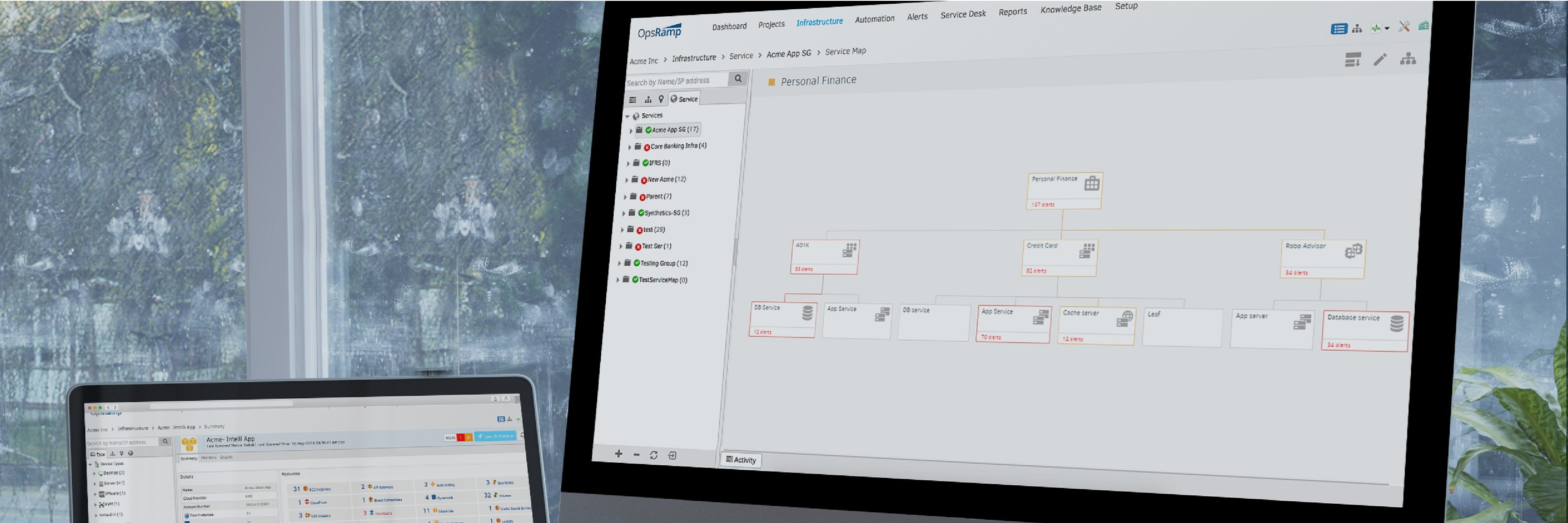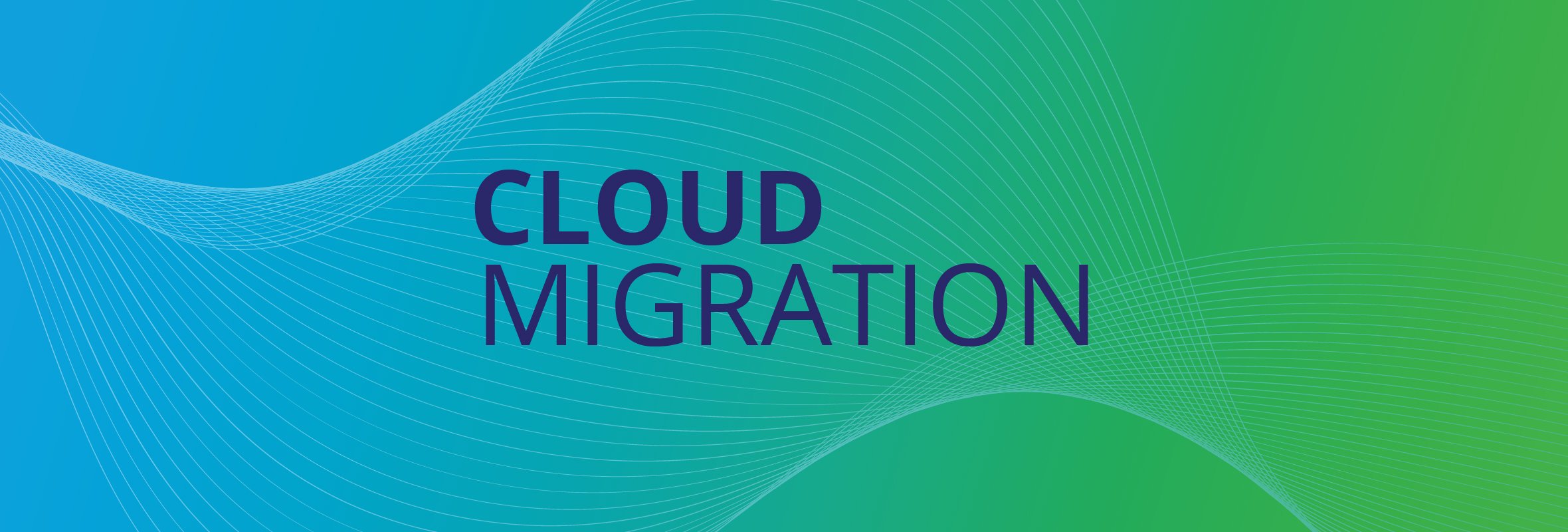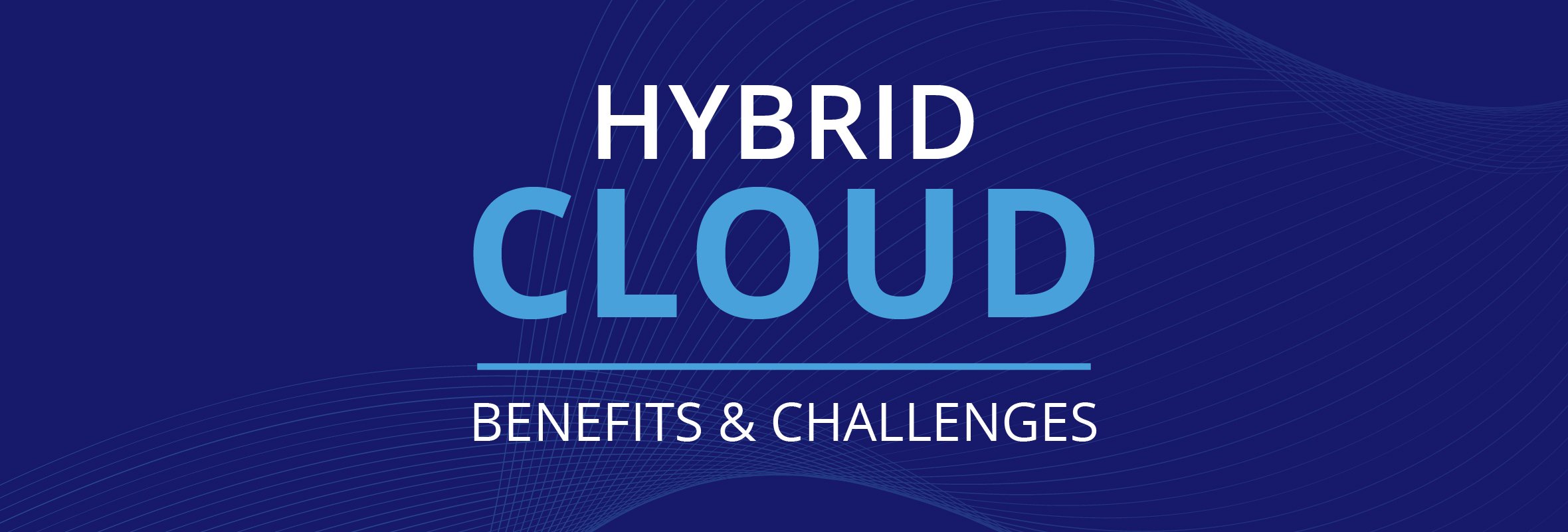“By 2020, 70% of I&O leaders will have purchased tools for IT asset discovery, yet only 25% of investments will demonstrate business value.”
-Gartner, Choose the Right IT Asset Discovery Tools for Infrastructure and Operations, July 2017
With increasing sprawl, shadow IT, and siloed investments, enterprises have bought dozens of IT discovery tools (some have invested in 30+ different tools for discovery!) to regain control over their asset landscape. While application discovery and dependency mapping tools are not new, it’s no easy task keeping track of IT assets across legacy and modern IT environments.
What if you had an innovative solution that could discover datacenter and cloud assets, serve as a system of record for long-lived as well as ephemeral assets, and deliver a live asset inventory across your enterprise? Today, we introduce our latest solution, Unified Service Discovery, that helps you locate any IT asset in one click, shows how your asset base is evolving, and lets you understand asset utilization trends over time.
Application Discovery and Dependency Mapping For A Hybrid World
Unified Service Discovery helps IT teams align the supply of IT assets in line with the demands imposed by IT services. You can deliver a single source of truth for your hybrid IT estate and better manage your cloud migration, infrastructure consolidation, disaster recovery, and audit compliance initiatives. Here are three benefits of Unified Service Discovery for hybrid application discovery and dependency mapping:
- Track Every IT Asset. Unified Service Discovery helps you track your inventory of physical, virtual, and cloud-native assets in a single place. With OpsRamp, you can continuously discover assets within your network and across all your multi-cloud accounts. Use policies to automatically classify and organize discovered assets by logical groups such as a line of business, geographical sites, and by IT services. Here are just some of the traditional and new-age IT assets that you can discover with OpsRamp:
Datacenter Assets Cloud-Native Assets App and Middleware Assets - Server - Windows Server, Linux Server (CentOS, Oracle Linux, RedHat, Ubuntu)
- Hypervisor - VMWare ESXi, Citrix XenServer
- Storage - DELL EMC, NetApp, HPE, IBM
- Network - Switches (Arista, Brocade, Cisco, Dell, HP, Quanta), Routers (Cisco, Juniper), Firewall (Cisco, Juniper, Palo Alto Networks, SonicWall, WatchGuard), Wireless LANs (Aruba, Cisco, Meru), VoIP (Cisco)
- Power - APC Corp, Server Technology
- AWS - EC2, ECS, Lambda, RDS, DynamoDB, Redshift, VPC, Auto Scaling, CloudFront, ElastiCache, Load Balancer, Machine Learning, SNS, SQS
- Azure - Virtual Machines, Virtual Networks, SQL Database, Redis Cache, Data Factory, Storage Volume, Container Services, CDN, Cognitive Services, Device IoT Hub
- Google - Compute Engine, App Engine, Storage, Cloud Spanner, Container Engine, BigQuery, Cloud Machine Learning Engine, Cloud DNS, Cloud Load Balancing
- Linux - ActiveMQ, Apache, Elastic, Docker, Kafka, Memcached, Nginx, RabbitMQ, Tomcat, Zookeeper
- Microsoft - Active Directory, Exchange, IIS, Lync, SharePoint
- Databases - Cassandra, Redis, MongoDB, CouchDB, Couchbase, PostgreSQL, SQL Server, MySQL
- Big Data - Apache Hadoop HDFS, Apache HBase, Apache Spark
Figure 1 - Support a diverse ecosystem of datacenter and cloud-native assets with OpsRamp.
- Optimize Service Delivery. Unified Service Discovery includes Service Maps, a logical model of your IT services that let you analyze the impact of your IT assets on your business services. You can define Service Maps for IT services that depend on a set of transactions, apps, virtual servers, network devices, and multi-cloud workloads. Service maps display dependencies intuitively and enable you to browse through service tiers while troubleshooting issues. Use Service Maps to align your operational tasks with the digital experience you want to deliver for your end-users.
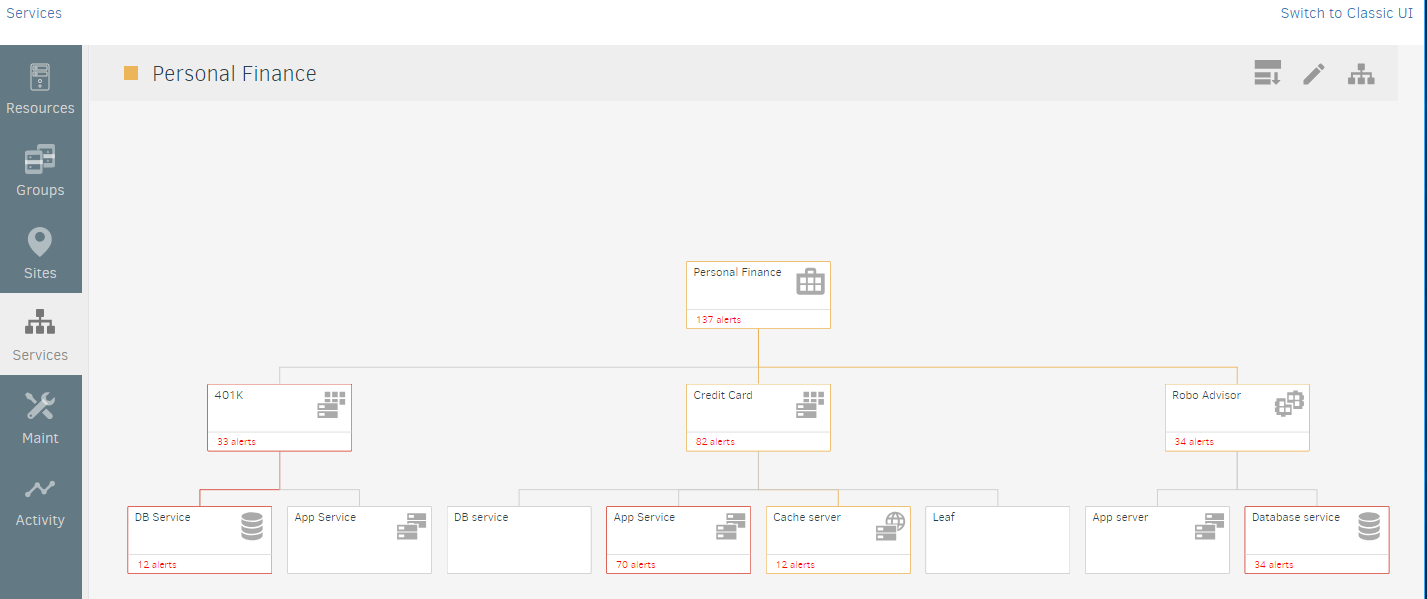
Figure 2 - Construct a complete picture of your critical services using Service Maps. -
Multi-Cloud Asset Visibility and Spend Analytics. How do IT teams better handle consumption, spending, and optimization for multi-cloud management? With Unified Service Discovery, you’ll gain the right operational insights for multi-cloud visibility, consumption planning, chargeback, and budget controls.
Our multi-cloud executive dashboard offers complete asset visibility for understanding your total asset footprint across public cloud providers. You’ll gain cost visibility for each cloud provider along with current spend and cost trends for each of your business units. Finally, gain control over cloud costs by detecting unused and underutilized instances.
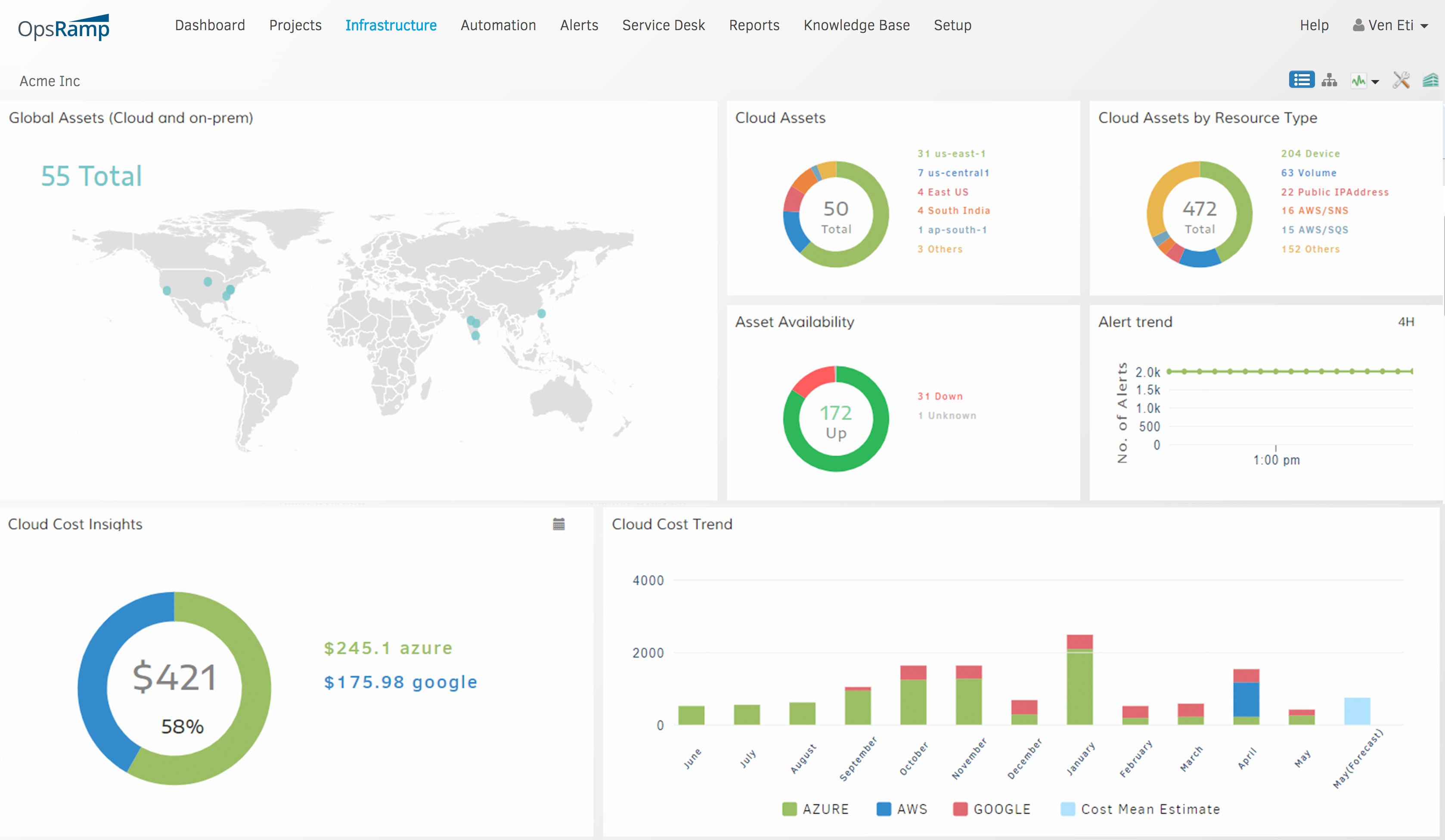
Figure 3 - Analyze cloud spending across service categories, instance types, and regions.
Discovery + Intelligence = Business-Driven IT Operations
Of course, with OpsRamp, discovery is just the beginning. Once you can track your assets, you can then turn those insights into action with Unified Service Intelligence. It’s the perfect complement to Unified Service Discovery, with infrastructure performance monitoring and smart event management built to extract the signal from the noise for your alert floods. It’s the natural progression from visibility to intelligence.
To get started with Unified Service Discovery and see immediate value, sign up for our IT Asset Visibility Challenge today! Give us 48 hours and we’ll show you how you can establish visibility for your enterprise IT infrastructure.
Next Steps
- Read our press release on Unified Service Discovery.
- Learn more about OpsRamp’s Unified Service Discovery and the 48-hour IT Asset Visibility Challenge.
- Learn more about Unified Service Intelligence.
- If you would like to schedule a demo to see OpsRamp in action, contact us today.
